Baseball History Comes Alive Now Ranked #2 by Feedspot Among All Internet Baseball History Websites and Blogs!
Guest Submissions from Our Readers Always Welcome!
Scroll Down to Read Today’s Essay
Subscribe to Baseball History Comes Alive for automatic updates. As a Free Bonus, you’ll get instant access to my Special Report: Gary’s Handy Dandy World Series Reference Guide!
“Pepper Martin and the Gas House Gang” Photo Gallery
Click on any image below to see photos in full size and to start Photo Gallery:
Another Edition of: “From the Lighter Side!”
Pepper Martin and his “Mudcat Band”
“Pepper Martin’s performance in the 1931 World Series was the greatest individual performance in the history of the World Series.” –John McGraw
In the featured photo above, we see Pepper Martin – known as the “Wild Horse of the Osage” – on the right with his “Mudcat Band” in 1937. Around him are Cardinal teammates Frenchy Bordagaray, Bill McGee, Rip Collins, and Bob Weiland.
Here’s a little bit of information about Pepper Martin, one of baseball’s great characters:
In his 13-year major league career with the Cardinals (1928, 1930-40, 1944), the Oklahoma native hit .298, with 59 home runs, 501 RBIs, .358 on-base percentage, and 156 stolen bases. A four-time All-Star, he led the National League three times in stolen bases and once in runs.
After six years in the minors, Pepper Martin broke camp with the Cardinals in 1931 at the age of 27. By June he became the Cardinals’ everyday center fielder, hitting a solid .300 for the season with a .351 OBP.
Where Pepper Martin really left his mark was when it really counted – in the World Series. In the 1931 Fall Classic, he hit an astonishing .500 with a homer and five stolen bases, while the rest of the Cardinals hit .205 as a team. They defeated the heavily favored A’s with a star-studded lineup that included future Hall-of-Famers Mickey Cochrane, Jimmie Foxx, Lefty Grove, Waite Hoyt and Al Simmons.
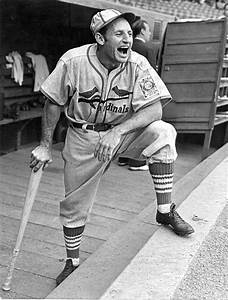
After a couple up-and-down seasons, Martin was again was ready for the limelight as the Cards won the 1934 pennant. By then the acknowledged leader of the “Gashouse Gang,” he hit .355 in the World Series as this time the Cardinals defeated a powerful Tiger team. His combined 1931 and 1934 World Series batting average of .418 is still a major league record.
Always the showman, the World Series notoriety paid off for Pepper Martin. He was able to book himself on the Vaudeville circuit, earning $1,500 per week at a time when his baseball salary was about $4,000. He formed his zany “Mudcat Band” with several other Gashouse Gang-era Cardinal players. The band entertained before Cardinals games, booked gigs at local events, and even played on multiple national radio broadcasts.
From 1937 to 1940 his career was in decline due partly to his spirited, hustling style of play that took its toll on his body. Pepper played fewer than 100 games each season. He retired at the age of 36 to manage the Cardinal’s Sacramento affiliate in the Pacific Coast League; and then managed in the minors for 13 seasons.
In 1944, with big league rosters thinned by World War II, a 40-year-old Pepper Martin returned to the Cards for 40 games, hitting a respectable .279. After baseball, Martin served briefly as the athletic director of the Oklahoma State Penitentiary at McAlester, Oklahoma. He passed away on March 5, 1965, aged 61.
Gary Livacari
Photo Credits: All from Google search
Information: Excerpts edited from Pepper Martin Wikipedia page.
Subscribe to our website, “Baseball History Comes Alive!” with over 1200 fully categorized baseball essays and photo galleries, now closing in on the one million hits mark with 842K hits and over 600 subscribers: www.baseballhistorycomesalive.com

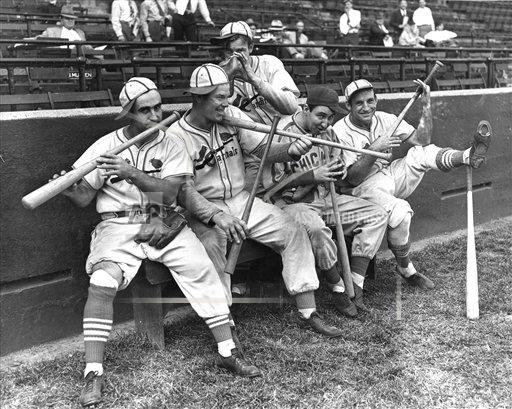
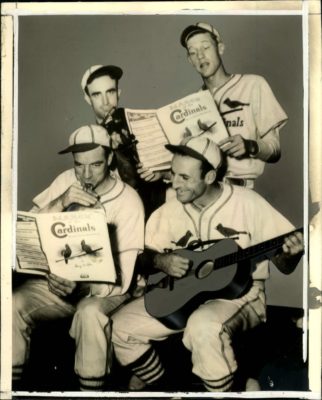
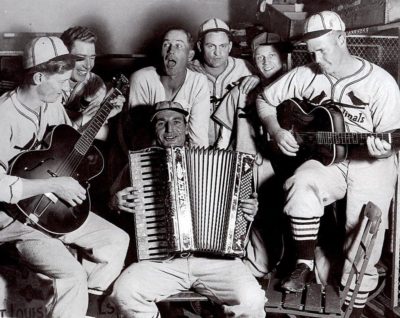
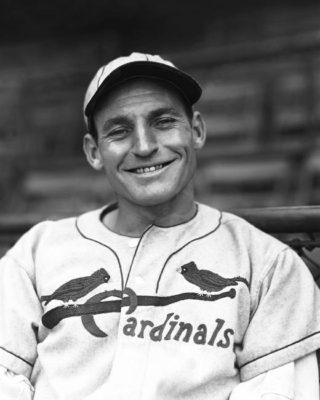
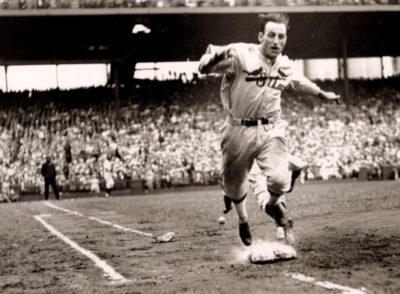
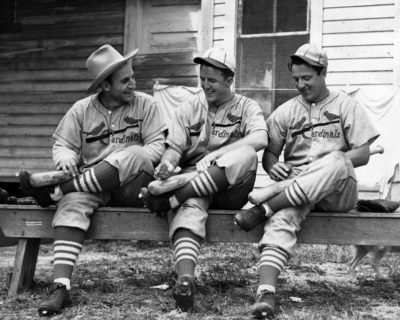
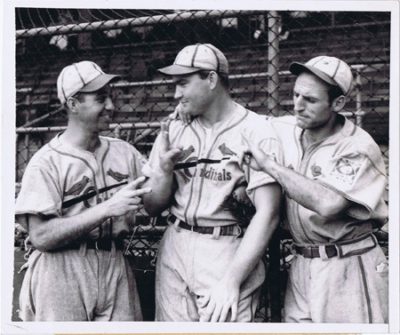

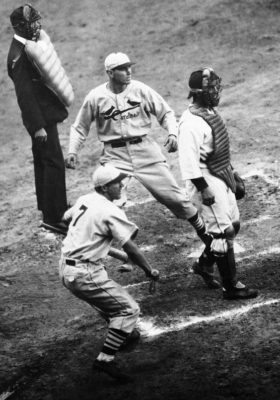

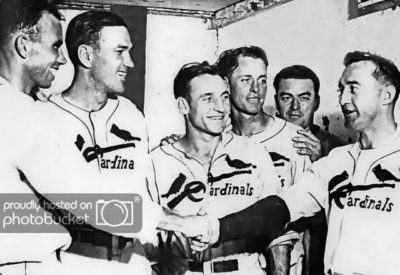
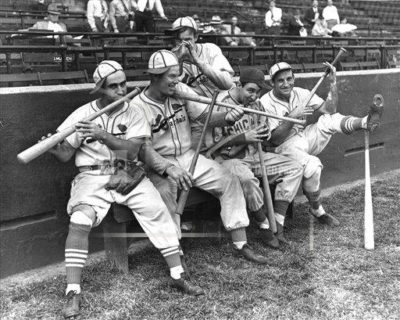
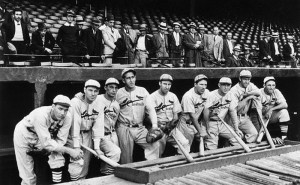
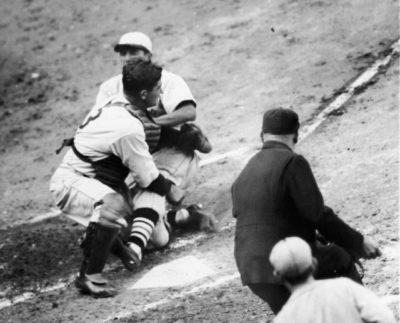
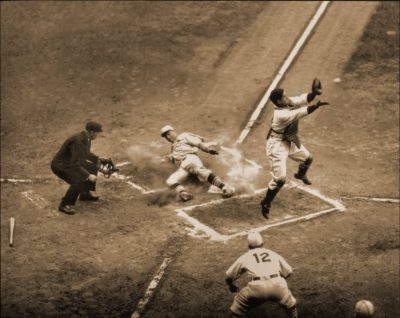
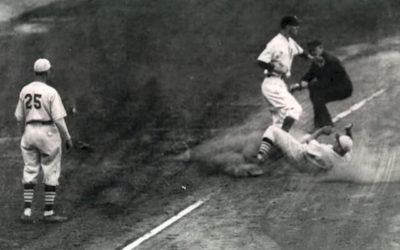
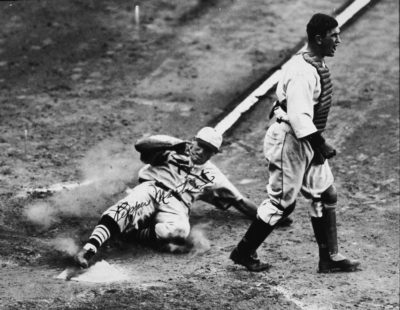
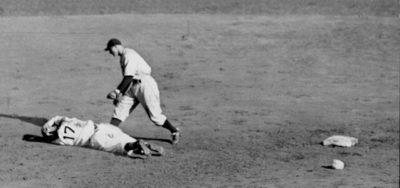
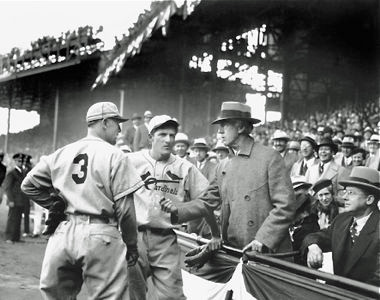
He’s always been on my list of “favorite players I never saw.”
Great story, Gary. I would have liked to watch the antics of the “Gashouse Gang” back then. Can’t think of any modern teams that are a throwback to them, nor of any individual player that would stir up memories of Pepper Martin, although I’m sure some come close. Maybe other readers can think of some ? I always thought that the term “Gashouse Gang” referred mostly to their filthy, smelly uniforms. It did, but I dug up some other details, including the origin of the GG nickname. In that era {1920’s-’30’s}, coal was converted to gas {for heating, cooking, etc.} and those factories {i.e. “gas houses”} produced a very foul odor in the surrounding neighborhoods. Also, the workers employed in them, always had dirty clothing and smelled just as bad. In addition, one of Dizzy Dean’s businesses during that time, was a gas station, and in the off-season, he and several Cardinal players hung out there. Hence, the nickname for that bunch of Cardinals players was indeed appropriate. Thnx, Gary.